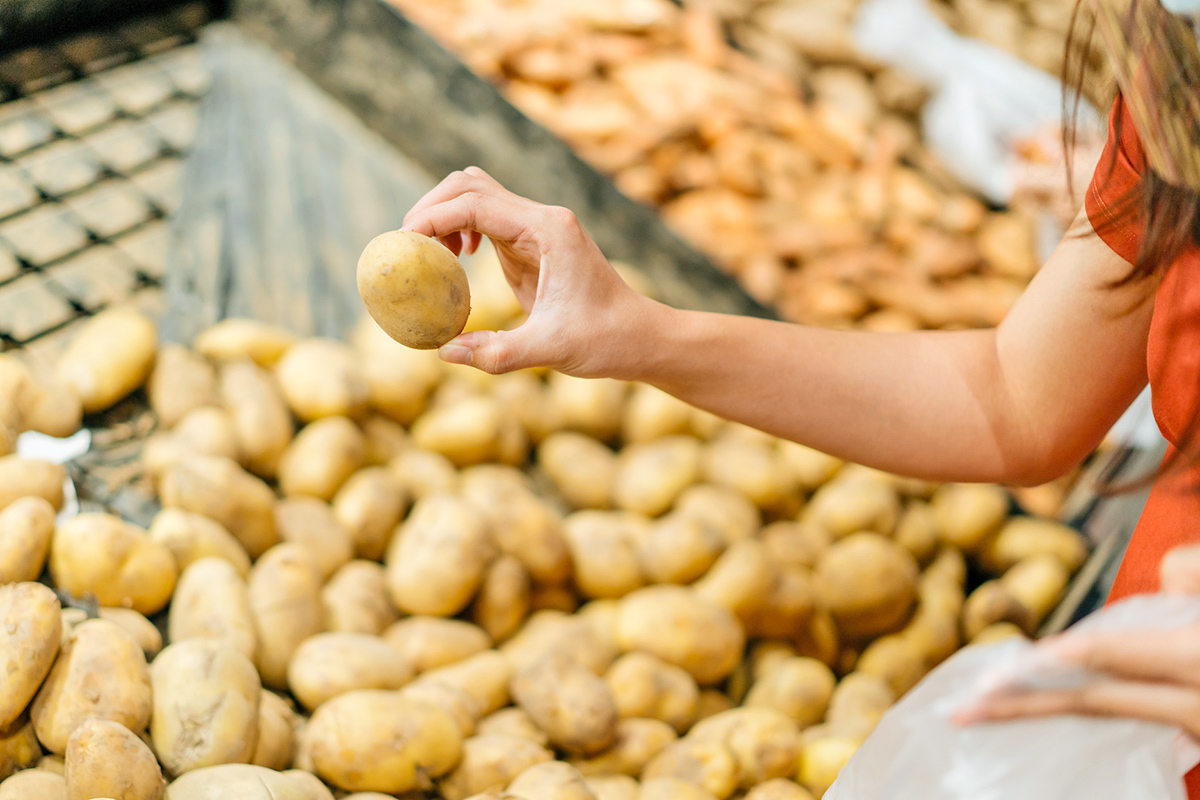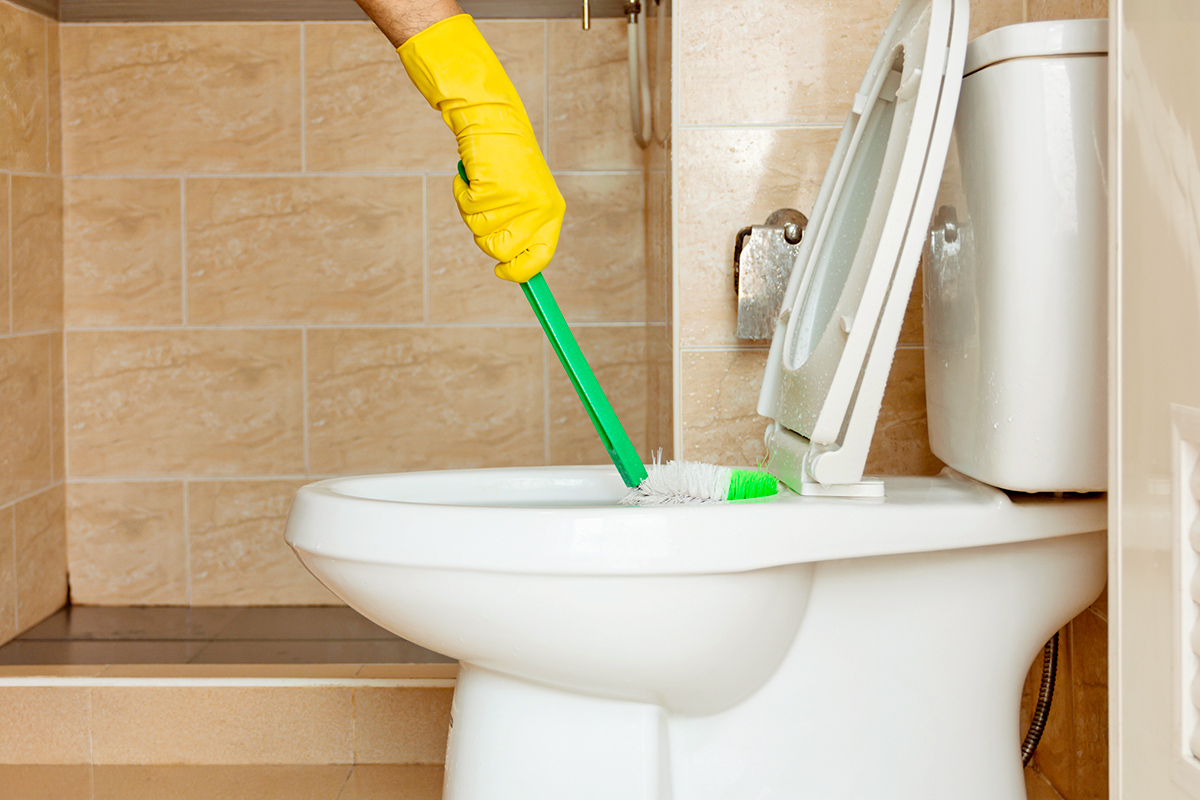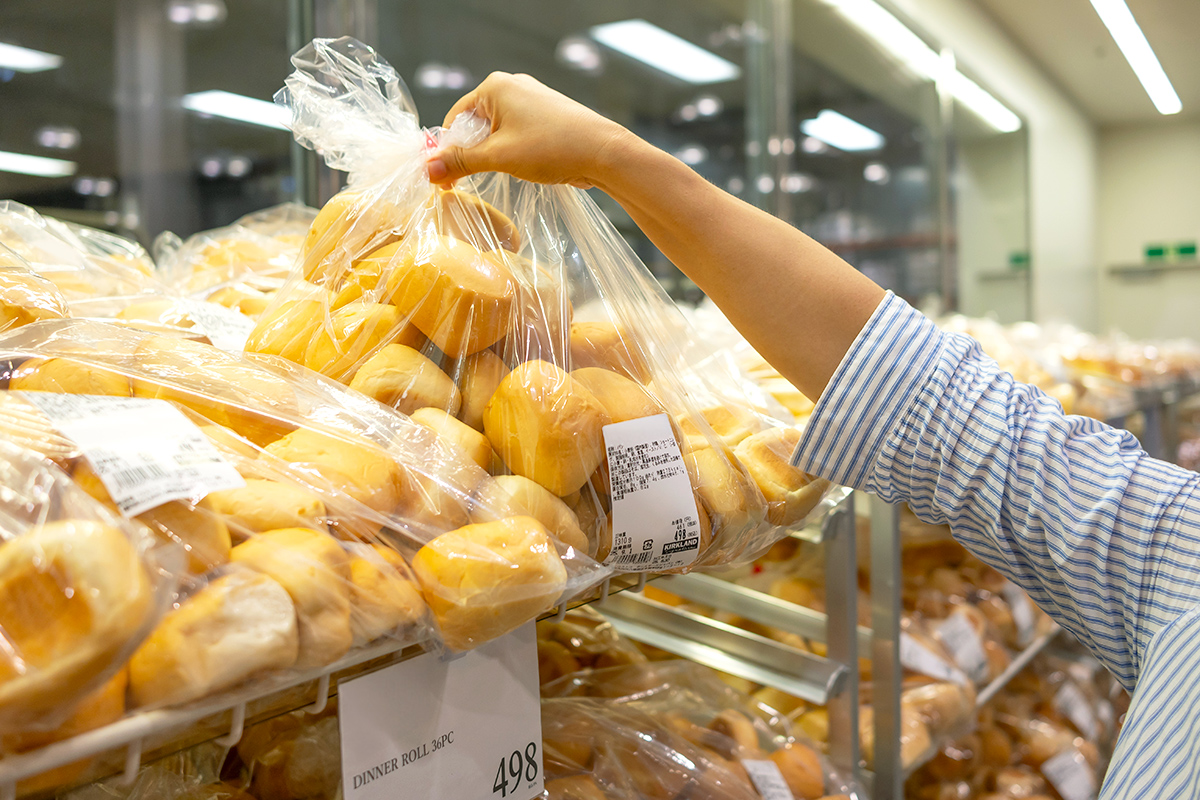Potatoes are one of the world’s main staple crops, and for good reason. They grow in most climates, they’re solidly nutritious, and they keep pretty well. For our ancestors, that last part was crucial — they couldn’t just grab some at the supermarket if they ran out. Knowing how to store potatoes successfully was literally…
How To Keep Potatoes Longer Without a Cellar
As you’d expect, the potato industry has this down to an exact science. According to the Idaho Potato Commission, that means a climate-controlled room with no light, 95% humidity, and a steady temperature of 45 degrees Fahrenheit. But that’s not practical for a kitchen, even for the most spud-obsessed cook.
Instead, your best option might be a plain, corrugated cardboard box. Arrange the potatoes in a single layer, close the flaps, and put the box in a cupboard, pantry, or even a closet near your kitchen. The box provides a cozy environment that helps block out the light and allows the potatoes to respire, which discourages sprouting. If you have too many potatoes for a single layer, you’ll need to take a couple of additional steps. Place a sheet of corrugated cardboard between the layers to separate them and poke a few holes in the sides of the box and the cardboard divider to help air circulate. Otherwise, moisture will build up and damage the spuds.
More from our network
House Outlook is part of Inbox Studio, which publishes content that uplifts, informs, and inspires.
Other Options for Storing Potatoes
Using the cardboard box method, your potatoes should last for a couple of months. If you don’t have space for a box, a paper bag with a few holes for airflow can also work. A mesh bag, such as an onion bag or a purpose-made produce bag, isn’t a bad choice either. Even the spuds’ original packaging is reasonably effective (they chose it for a reason), as long as you keep them in a cool, dark place. While your potatoes may not last as long or taste quite as good, it’s still better than keeping them in an open basket in your kitchen.



















